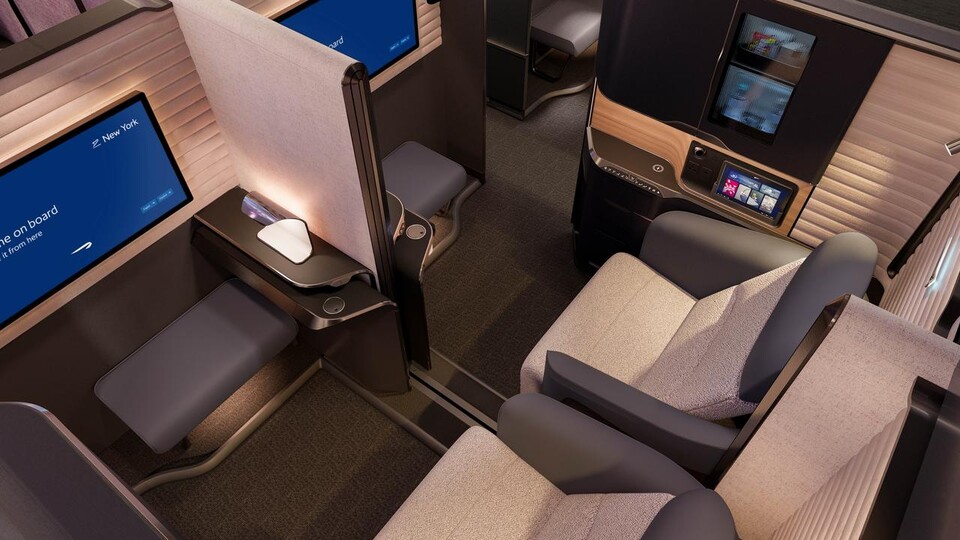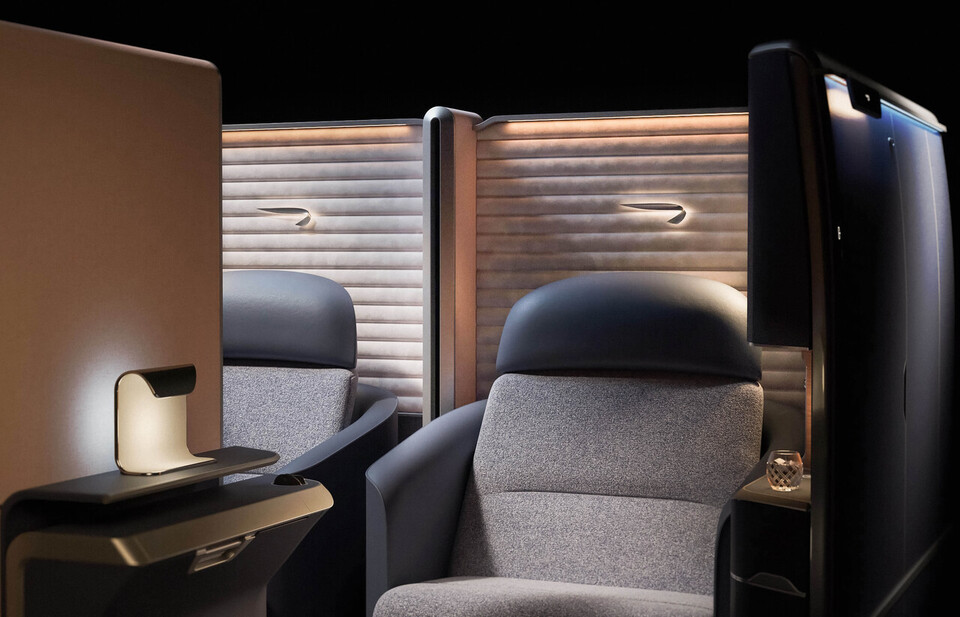Airlines
Air India Revised Baggage Rules for Domestic Flights

Air India, one of India’s leading airlines, has implemented significant changes to its baggage policies, affecting travelers across various fare classes.
Effective May 2, 2024, the airline has rolled out a revised baggage allowance scheme, marking a reduction in the permitted weight limits for most fare categories. Under the updated guidelines, passengers booking economy and business class tickets will notice a decrease in their baggage allowance by 5 to 10 kilograms compared to previous allowances.
These adjustments reflect Air India’s response to market dynamics and regulatory requirements. In the Economy Comfort category, encompassing S, T, U, and L fare classes, travelers will now have a baggage allowance of 15 kilograms, down from the previous 20 kilograms. As reported by livefromalounge.
Similarly, passengers availing themselves of Economy Comfort Plus, including G, W, V, Q, and K fare classes, will see their baggage allowance reduced to 15 kilograms from the earlier 25 kilograms.
However, not all fare classes are subject to reductions. Economy Flex passengers, represented by the H, M, B, and Y fare classes, will maintain their previous baggage allowance of 25 kilograms.
In the business class segment, changes are also evident. Business Comfort Plus, consisting of Z and J fare classes, will now offer a baggage allowance of 25 kilograms, down from the prior 35 kilograms. Meanwhile, passengers booking Business Flex tickets under the D and C fare classes will have a revised baggage allowance of 35 kilograms, compared to the previous 40 kilograms.
For passengers planning their upcoming journeys with Air India, it is essential to review the updated baggage policies to ensure compliance and avoid any inconvenience during their travel experience.

Airlines
British Airways Unveils Its Brand-New First Class Cabin for the Airbus A380

British Airways has introduced its brand-new First Class seat, blending sleek design with expert British craftsmanship. Reflecting modern British luxury travel, this new cabin is part of the airline’s Airbus A380 retrofit plans, set to take flight in mid-2026.
The updated First Class cabin has been crafted to feel like a modern luxury hotel in the sky, complete with cozy touches and thoughtful British details.
Etihad Airways Unveils 10 Exciting New Routes for 2025
Designed by top experts from across Great Britain and Ireland—including London, Glasgow, West Yorkshire, Kilkeel, and Dublin—the seat reflects the best of British design and quality.
Features and Comforts
The new First Class seat is ultra-wide at 36.5 inches, with a bed length of 79 inches for ultimate comfort. It includes:
- A multi-purpose ottoman and stowable table.
- A 32-inch 4K TV screen.
- Adjustable mood lighting with modes like “relax,” “dine,” and “cinema.”
- A cocooned 60-inch curved wall for privacy while maintaining a spacious feel.
Passengers traveling together can enjoy a shared experience with a sliding divider that creates a lounge-like space. The stowable tables also allow for “buddy dining,” where two people can dine together.
The cabin’s flowing curves, inspired by the iconic Concorde wings, create a welcoming and stylish environment. Additionally, passengers can now wheel their luggage directly into their personal storage space, making settling in easier.
This country tops visa rejections in the popular Schengen countries
British Airways carefully considered customer feedback when designing this cabin. The seat includes practical storage and features like a fully rectangular bed for home-like comfort. Every detail, from usability to elegance, has been designed to enhance the travel experience.
British Airways is proud to be the only UK-based European airline offering a First Class product across the Atlantic. british airways premium economy and First Class travelers enjoy exclusive perks such as stylish seats, access to luxury lounges, fast-track security, and the First Wing at Heathrow. The airline ensures a premium experience from booking to landing.
This cabin upgrade is part of British Airways’ £7 billion investment in improving customer experiences. The airline has already introduced over 120 initiatives, including new short-haul seats, free onboard Wi-Fi messaging, and refreshed lounges worldwide.
-

 Aviation2 months ago
Aviation2 months agoMicrosoft Flight Simulator Raises $3 Million to Bring Back the An-225 Mriya
-

 Airlines2 months ago
Airlines2 months agoQatar Citizens Can Travel to the United States Without a Visa
-

 Aviation2 months ago
Aviation2 months agoQatar Airways bans these new Electronic Devices on plane
-

 Defence2 months ago
Defence2 months agoWhich Country Has the Largest Fleet of Fighter Aircraft?
-

 Airlines5 days ago
Airlines5 days agoDAMAC Air: Dubai’s New Luxury Airline Offers Free Flights for Registration
-

 Airport2 months ago
Airport2 months agoWestern Sydney Airport Welcomes Its First Plane After 6 Years of construction
-

 Airlines4 days ago
Airlines4 days agoAir India to Launch aircraft maintenance training institute in Bengaluru
-

 Aviation2 months ago
Aviation2 months agoDid you know ? Once Boeing 747 carried 1088 passenger in 1991










